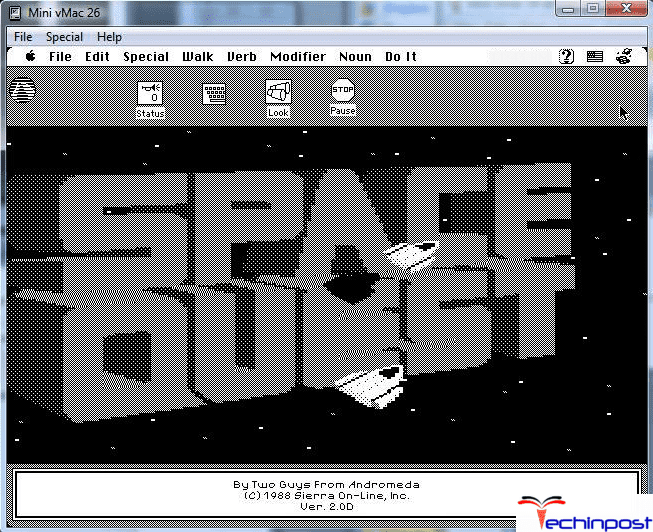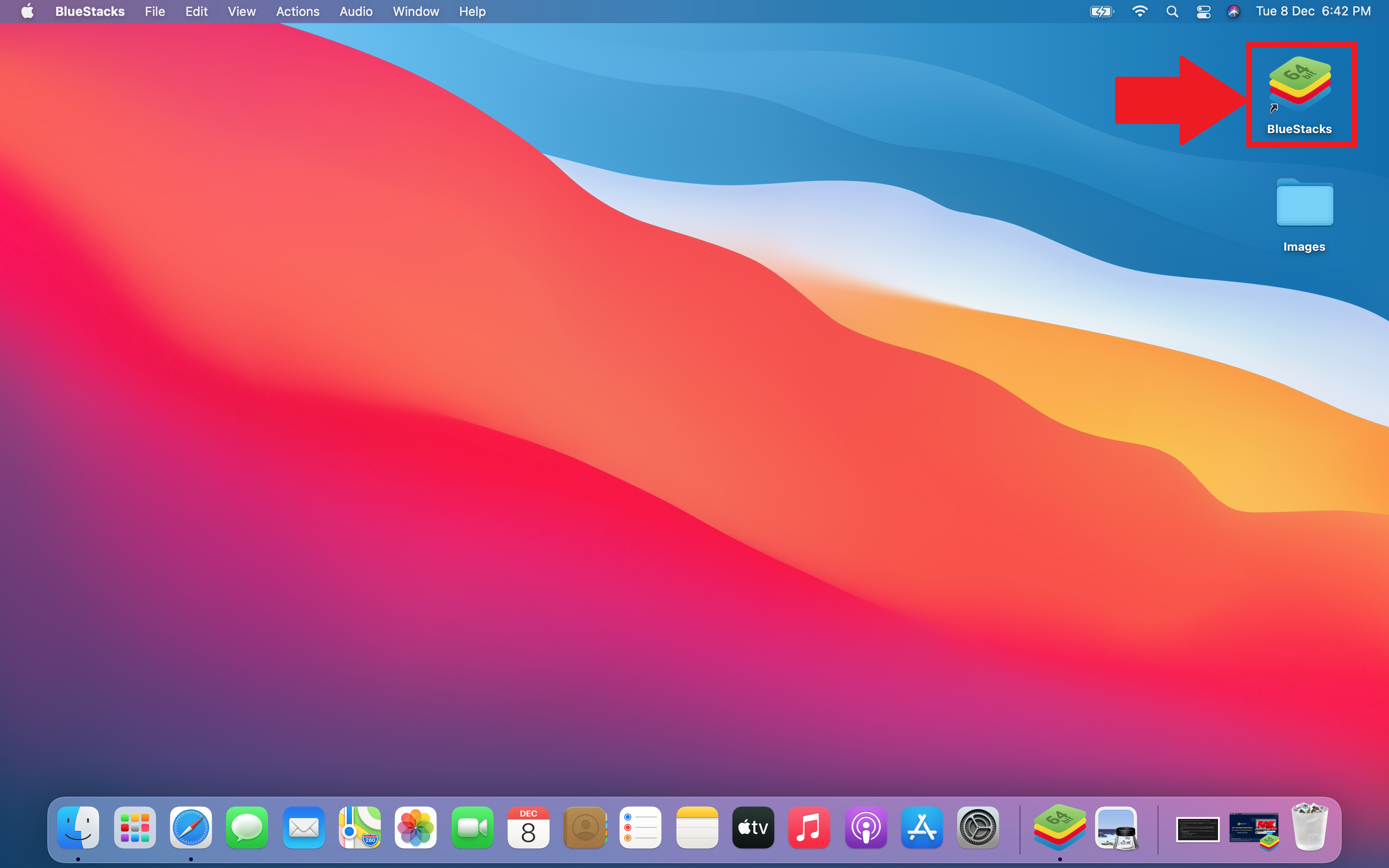

- #Mac os system files emulator how to
- #Mac os system files emulator software
- #Mac os system files emulator download
- #Mac os system files emulator free
#Mac os system files emulator download
Also, your right to download and use digital copies varies from country to country.
#Mac os system files emulator software
Ownership of old software varies wildly rights for individual titles may be fiercely guarded, disputed, entirely unknown, or even long ago released into the public domain. To get around that, Control-click the relevant app in Finder, select Open, and click Open in the subsequent warning dialog box.įinally, there are legal issues surrounding some emulation.

Secondly, macOS may complain some of our recommended emulators are from unidentified developers, and therefore won’t launch them.
#Mac os system files emulator how to
First, emulation isn’t always plug-and-play – but we will outline how to get started with emulators we cover.
#Mac os system files emulator free
Read next: Best free web browser games for Mac | Best Mac games Best Mac emulators guide: The obligatory warnings bitīefore we begin, it’s worth noting a few snags relating to emulation. We then delve into emulating ancient PCs, classic consoles, arcade games, and a few much-loved home computers. We begin with how to emulate old Apple hardware such as the Apple II and Macintosh Plus. In this feature, we explore the current state of emulation on macOS. Emulation is also vital from an archiving standpoint, keeping safe countless pieces of software that would otherwise disappear forever as the media they’re stored on degrades. Today, even a years-old Mac can emulate a huge range of older hardware, giving you the chance to relive old favourites, or to experience apps and games you might have missed. But then systems became powerful enough to successfully mimic those that came before. Software and videogames were once on borrowed time, surviving only as long as the hardware on which they ran. Then, drag and drop the system drive from your desktop inside it.What are the best Mac emulators? What’s the best way to run old software and retro console games in macOS? Open the Apple menu, choose System Preferences, and select Spotlight.Ģ. Try rebuilding it to help reduce system storage on Mac.ġ. Sometimes, your Mac may display an incorrect “System” storage reading due to a broken Spotlight Search index. Then, restart your Mac normally and see if that helped. Wait for a couple of minutes until the storage indicator updates itself completely. Power it back on, but immediately press and hold the Shift key until you see the Apple logo.Īfter your Mac boots into Safe Mode, go to Apple menu > About This Mac > Storage. To do that, start by turning off your Mac. Enter/Exit Safe Modeīooting into Safe Mode can help remove redundant or obsolete system-related files on your Mac. Repeat steps 1– 4, but use the path /Library/Caches/ (which opens the system cache) in step 2 instead. If everything looks good, clear the Trash.ĥ. Note: If Finder doesn’t display folder sizes in List view, open View on the menu bar, select Show View Options, check the box next to Calculate all sizes, and select Use as Defaults.Ĥ. Type ~/Library/Caches/ and press Enter to open the application cache.

Tip: For a complete walkthrough, check how to clear the Mac cache.Ģ. That helps speed things up, but sometimes, the application and the system caches can balloon out of control and ramp up the “System” reading. Delete System and Application Cacheīoth the operating system and the various applications that run on your Mac frequently cache lots of files. Delete any large connection log files inside the directory. ~/Library/Containers//Data/Library/Logs/Mailģ. Type the following folder path and press Enter: It’s best to check and get rid of them.ġ. Delete Connection Log FilesĪpplication logs aside, your Mac may also contain massive connection log files related to the Mail app. To make things easier, you can switch to List view (from the top of the Finder window) and use the Size column to sort the log files by size. Check for any oversized log files and delete them.


 0 kommentar(er)
0 kommentar(er)
